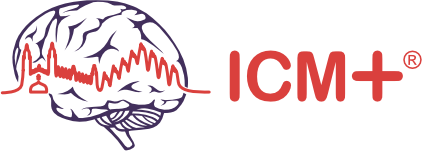The injured brain generally needs intensive treatment on the ICU. Due to anaesthesia, monitoring of neurological signs is impossible; therefore, multi-parameter brain monitoring plays an important role. One of the exciting methodologies that came out of ICM+ powered research is a concept of ‘optimal CPP’, a strategy which theoretically could minimise the risk of autoregulation failure.



